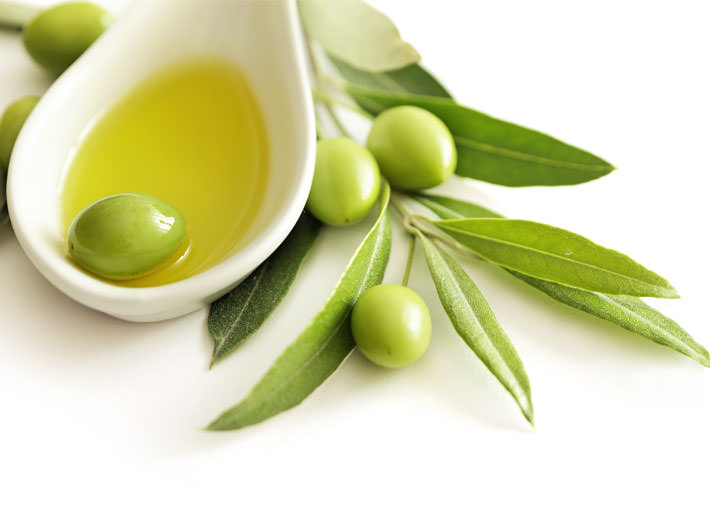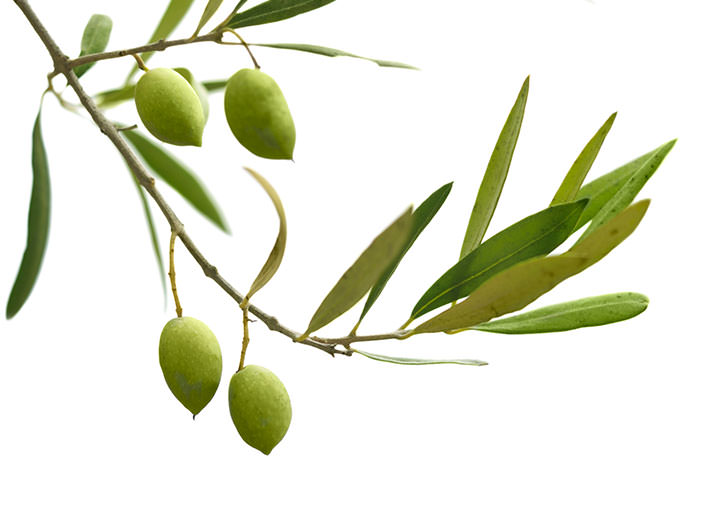SOPHIM, leader in the production of vegetable squalene, offers INSAPOLIVE, an unsaponifiable fraction of olive oil, enriched in squalene. INSAPOLIVE is a natural ingredient obtained from renewable raw materials, derived from olive.

SOPHIM, leader in the production of vegetable squalene, offers INSAPOLIVE, an unsaponifiable fraction of olive oil, enriched in squalene. INSAPOLIVE is a natural ingredient obtained from renewable raw materials, derived from olive.

The unsaponifiable fraction of olive oil is rich in squalene and has a significant impact on skin hydration. It has the following key properties:


INSAPOLIVE is particularly recommended for the treatment of dry, mature and sensitive skin, thanks to an increase in the level of hydration of the stratum corneum and the restoration of the skin’s elasticity. Integrated into a cream or body care product, it also provides sensoriality during the use of the final product.
Vegetable oils are generally composed of triglycerides, fatty acids and an unsaponifiable fraction. The unsaponifiable fraction of vegetable oil is the lipid fraction of the oil (fat) that does not turn into soap, and cannot be dissolved in water, but can be dissolved in organic solvents.
In most vegetable oils, the unsaponifiable fraction represents 5% or less of the oil.
Unsaponifiable matter is mainly composed of:
Unsaponifiable matter in general is extracted from plants through various stages: distillation to extract the oil, saponification to separate the unsaponifiable fraction, and their purification. They are widely used in cosmetics, but also for other purposes. For example, avocado unsaponifiable matter is often combined with soybean unsaponifiable matter and used as a remedy for arthritis.
Depending on the original oil from which the unsaponifiable matter is extracted, it is present in a certain quantity and offers various properties, which are well known and used in the cosmetics industry.
Vitamins provide vitality and are well-known antioxidants, sterols are widely used anti-inflammatories, and squalene is a versatile ingredient. Squalene is a highly moisturising agent for the skin and has a restorative effect on the skin’s lipid barrier. Its antioxidant properties allow the skin to be protected against free radical damage, making squalene a good anti-pollution agent. Its soft, non-greasy feel is perfect for more sensoriality in cosmetic formulations.
Usually, oils are extracted from the seeds of the fruits or vegetables in which they are contained. In the case of olive oil, the unsaponifiable matter is extracted from the seeds but also from the pulp of the fruit, the olive (olea europaea) which is widely cultivated in the Mediterranean region. Its unsaponifiable content varies from 0.6% to 1.5%. Extraction can be carried out by petrochemical processes (solvent extraction) or by green chemistry processes (fractional distillation without using solvents).
The unsaponifiable matter in Olea Europaea olive oil is particularly rich in sterols and squalene, which have an important impact on skin protection and hydration. Due to these properties, olive oil unsaponifiables are widely used as protective, moisturising and sensory ingredients in cosmetics, from skin care to hair care.
Sophim offers Insapolive, an unsaponifiable olive oil olea europaea, enriched with squalene.
Its cosmetics applications are numerous:
Thanks to its excellent spreading and skin absorption, its safety and its soft, silky and non-greasy feel, Insapolive is an excellent natural agent for quality cosmetic emulsions, gels, creams, and lotions for delicate and sensitive skin. As it has an impact on the restoration of the lipid barrier of the epidermis and on the elasticity of the skin, Insapolive is an ally of dry and mature skin. Thanks to its soothing and regenerating properties, it is often used in after-sun body products. Its conditioning and softening properties allow Insapolive to be used in hair care products as well.
Sophim offers other olive ingredients, such as olive squalane.
Please contact us for more information.